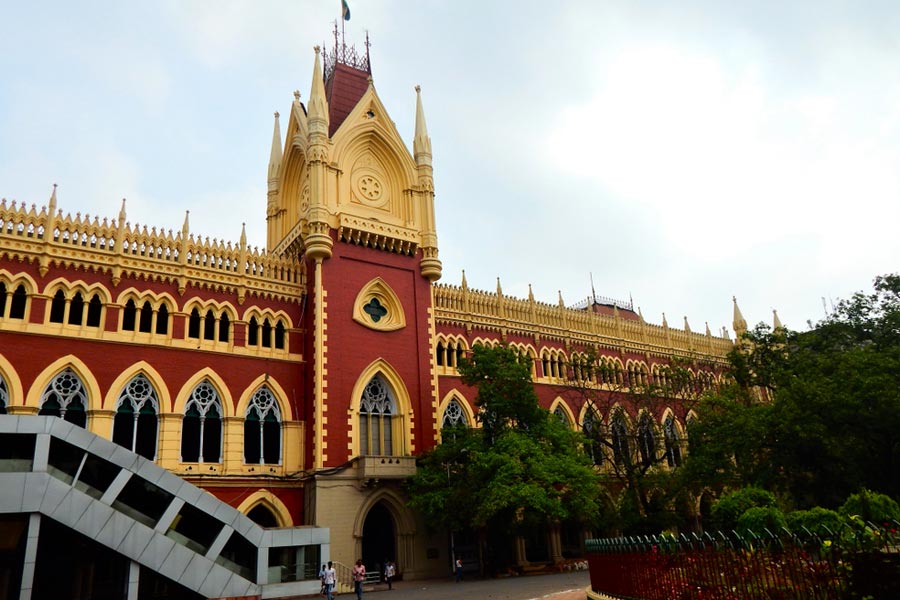Delhi had anticipated the season's worst pollution levels on the morning after Diwali, but the air quality, although 'very poor', turned out to be better than the last three years, according to data of the government's air quality monitors.
The ministry of earth sciences' air quality monitoring service, Safar, had predicted that the city's overall air quality index (AQI) would enter the 'severe' category between 1 am and 6 am on Monday, primarily because of firecrackers, unfavourable weather and a significant spike in stubble burning.
But, the air quality sensors have recorded only a marginal increase in pollution levels even though people continued bursting crackers until late on Sunday night, violating the Supreme Court-enforced two-hour limit of 8 pm-10 pm.
While the city's AQI stood at 327 at 11 pm. It dipped to 323 at 3.30 am, just about when it was expected to enter the 'severe' category.
It, however, increased to 340 at 8.30 am, as the weather department reported occurrence of shallow fog.
After last year's Diwali, Delhi's AQI had crossed 600, which is 12 times the safe limit. The AQI post-Diwali was 367 in 2017 and 425 in 2016.
An AQI between 0-50 is labelled as 'good', 51-100 'satisfactory', 101-200 'moderate', 201-300 'poor', 301-400 'very poor', and 401-500 'severe'. Above 500, the level is of 'severe-plus emergency'.
Thirty-six of the 37 air quality monitoring stations in the capital recorded their AQI in the 'very poor' category.
Delhi's air quality was better than satellite towns of Ghaziabad (375), Greater Noida (356), Gurgaon (352) and Noida (375), according to Central Pollution Control Board's data.
Last night, people reported violation of the two-hour window in Malviya Nagar, Lajpat Nagar, Kailash Hills, Burari, Jangpura, Shahdara, Laxmi Nagar, Mayur Vihar, Sarita Vihar, Hari Nagar, New Friends Colony, Hauz Khas, Gautam Nagar and Dwarka, among others places.
Residents in Noida, Gurgaon, Ghaziabad also reported extensive fireworks much beyond the court-set time frame.











